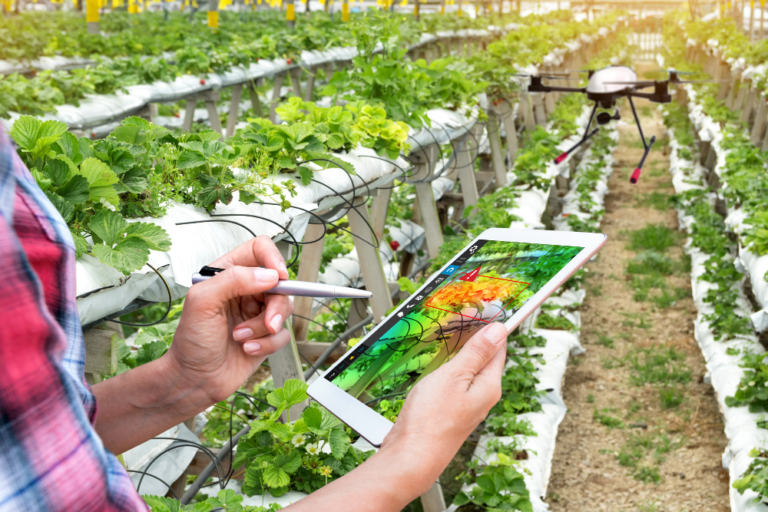
If I told you that we needed more technology introduced into our agricultural pursuits what would come to mind? You may not be faulted in drumming up mental images of large scale, sprawling farms with a heavy emphasis on mechanization and industrialized processes. However, while that is one avenue, there are others which offer a far more cost effective and compact approach. Would the yields be the same though? Would the quality of produce be better or worse? Let’s delve more into the topic and find out ourselves.
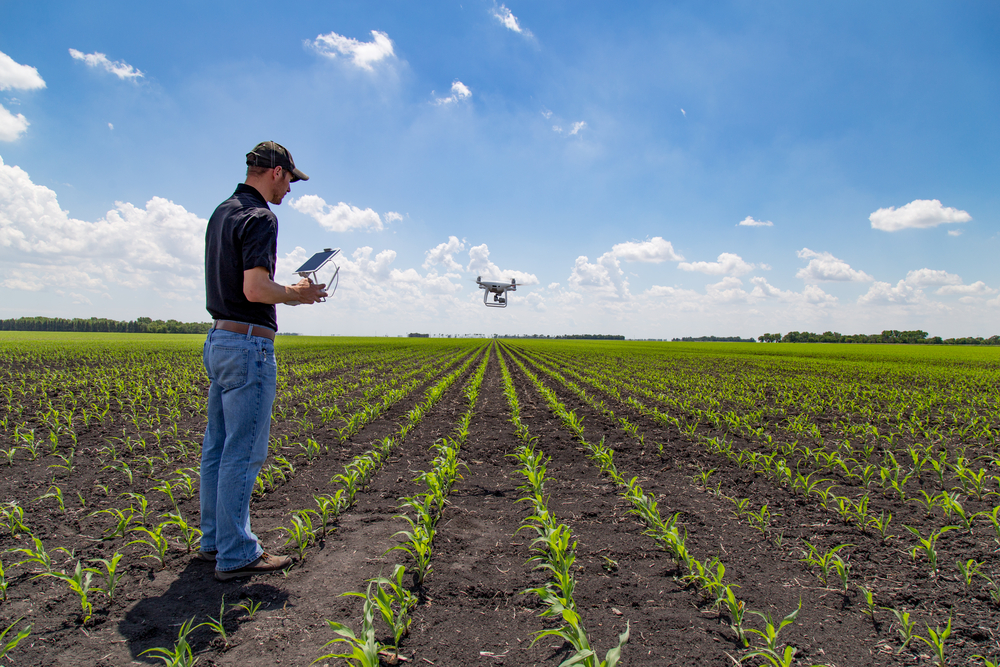
From a National Geographic piece titled ‘How The Netherlands Feeds The World’, we get a glimpse at 21st century farming that seems like something straight out of science fiction. While the concept of indoor farms have gradually gained in popularity due to the more efficient use of space and controlled environments, the Dutch have upped the ante via the wholehearted embrace of Digital Era technologies. Consider lines of greenhouses spanning a couple acres, now growing 3 times the produce the same space would have been able to produce using conventional farming methods. Why this is important to us should therefore be immediately apparent.
Bringing The Caribbean Into The Picture
Compared to its European neighbors, the Netherlands is a generally small, low lying place with a very compact population. In much the same way, the average Caribbean island contains growing populations concentrated on small, developing islands. A lot of our land is also below sea level and this means easy flooding. Efficient and cost effective use of what land we have is therefore tantamount to our success. More so when faced with vulnerable economies which, at the slightest change in market forces, could mean that relying on food imports entirely, may end up far more costly than it should be almost overnight.
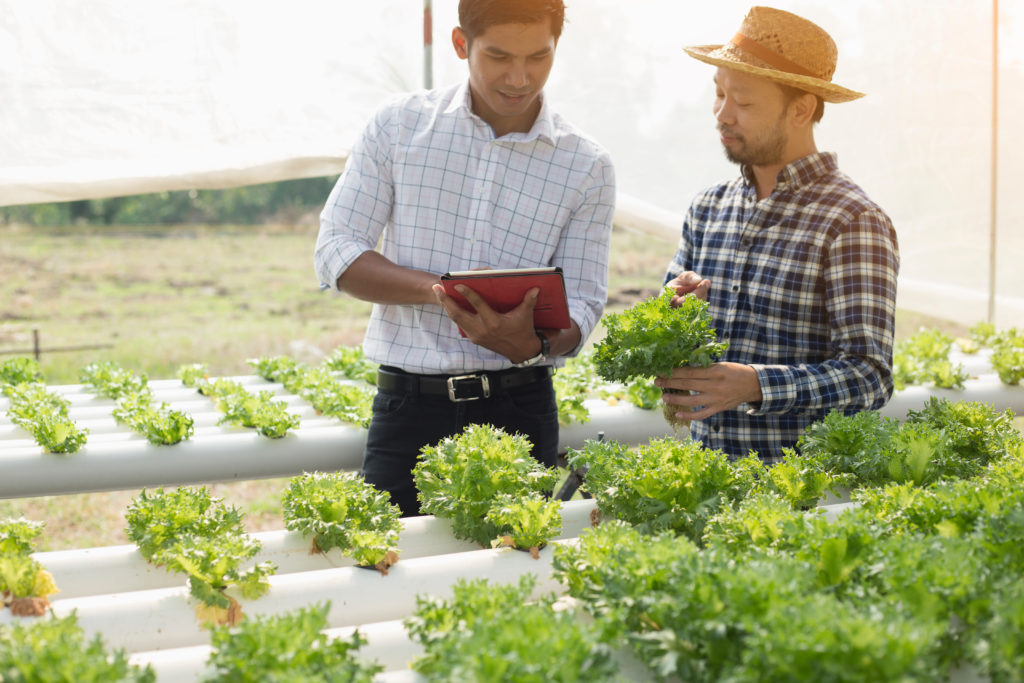
This process does not only apply to plants, but to livestock such as poultry as well. These indoor farms are layered vertically into multiple levels so as to maximize space. Controlled lighting via cheap LED sources and nutrient mixes means that plants, even those from entirely foreign climates, can potentially be grown during any season without the environmental risks usually associated with outdoor growing. Consequently, this highly controlled environment means that less chemical cocktails in the form of pesticides and animal antibiotics are needed to mitigate diseases and pests. These are all blessings for any developing nation particularly in times where pollutants and excessive pesticides in our food are being linked to ills such as decreased fertility in men and birth defects.
An AI Controlled Farm?
Thankfully the Netherlands are not wont to share their technological prowess and have made it their business to export this paradigm to the far reaches of the developing world. Why shouldn’t our educational establishments, state bodies and private sector investors seek such partnerships with the Netherlands’ ‘Wageningen University and Research’ group as well? Indeed, one of the very first obstacles in our path here in the Caribbean is one of culture and mindset. We typically enjoy an approach where we see innovation and leading in a field as the forte of developed and advanced nations while we straggle behind.
If we can clear that hurdle, we may be able to muster the capital and manpower needed to attempt our very own foray into modern farming. Let’s look at some more details of this practice then.
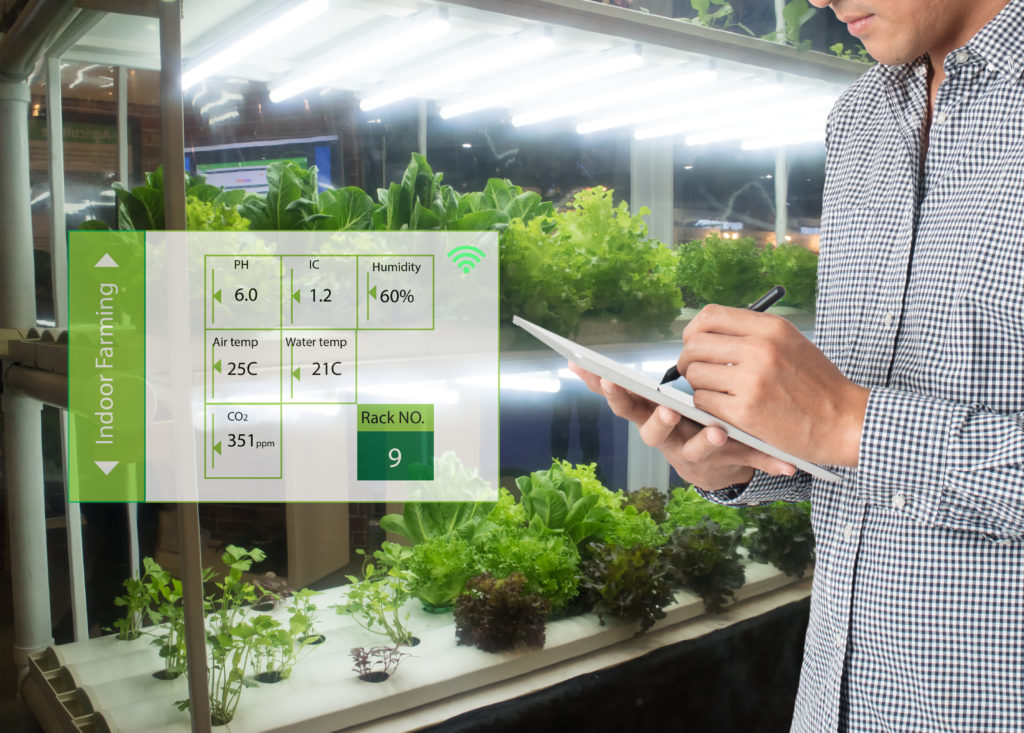
In such a setup we see AI controlled drones daily perusing the contents of an enclosure to carefully monitor the health of the various plants. This includes measuring the soil quality, water quality and the current ‘health’ indicators of each individual plant. Once these numbers are crunched, other drones in charge of dispersing the nutrient mixes catered to each crop go about tending to each plant based on their individual, unique needs. Such an approach prioritizing the individual plant is generally unheard of and would be both tedious and time consuming without the assistance of modern ICT.
Think Big and Plan Sustainably
According to a case study titled The Rise Of Vertical Farms by Dickson Despommier, the world’s population is expected to grow to at least 9.5 billion by the year 2050. Consequently, under current, contemporary paradigms, almost 70% of our available freshwater sources are used for farming with 20% of the US’ gasoline and diesel also being designated to agriculture as well. That isn’t even considering the vast tracts of land, home to unique flora, fauna and ecosystems which are leveled each year in order to keep us fed. Yet, according to this study, a one square block sized vertical farm of 30 storeys could match the production of 2,400 outdoor acres. This isn’t some pipe-dream as Panasonic’s own indoor farm is capable of churning out 80 tonnes of produce a year in a structure no larger than 2,600 square feet.
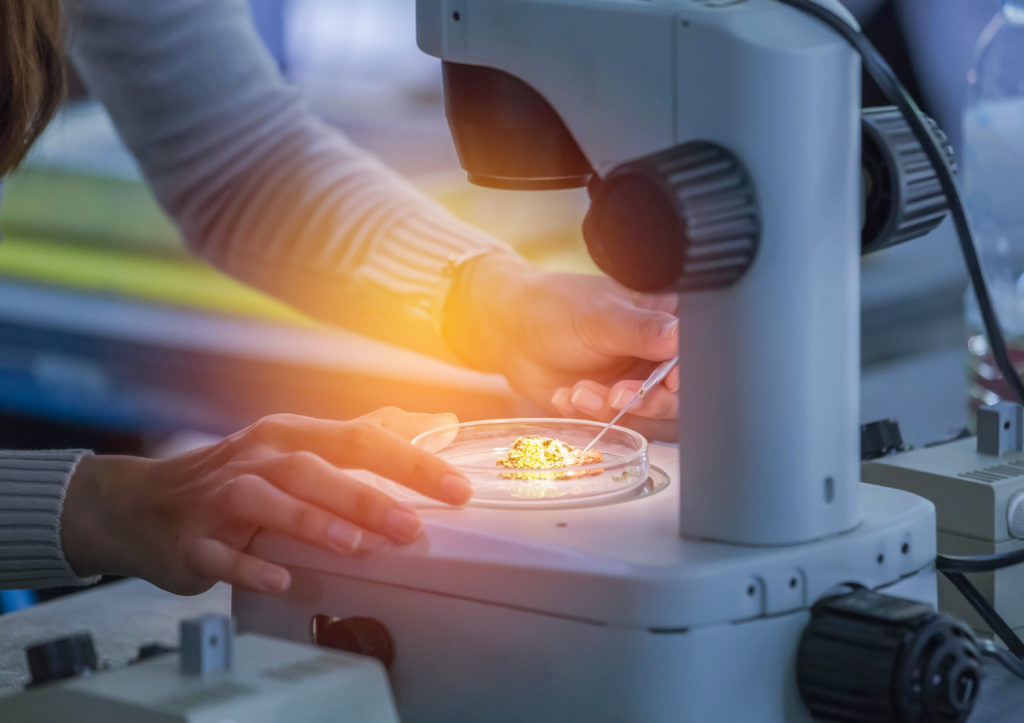
Thus, going back to the Netherlands, it comes as no surprise that despite their size, they stand as the second largest global exporter of food by dollar value. Amazingly enough these farms don’t need to utilize controversial GMO technology and therefore clear the hurdles of both legislative and socio-political obstacles wherever it may be. Instead, they utilize a science known as ‘molecular breeding’ to ensure superior seed quality and the most desirable traits.
Rather than tinkering with genes, molecular biology instead seeks to map them and engage in precise, extremely selective breeding based on the acquired knowledge. Thus, this is undoubtedly a topic requiring more discussion and invested time and not merely some far off modernization dream for us in the Caribbean. Indeed, consider the yearly storms, hurricanes and even torrential rainfall that befalls the region. In October and early November alone, Trinidad and Tobago experienced massive spikes in produce prices after weather systems lashed both islands with considerable amounts of rain leading to historic flooding and crop losses. Were we investing in the farming systems described above, such an occurrence would at least have been mitigated. Both private and public sectors would do well to expand their horizons and embrace innovation as it relates to food production.